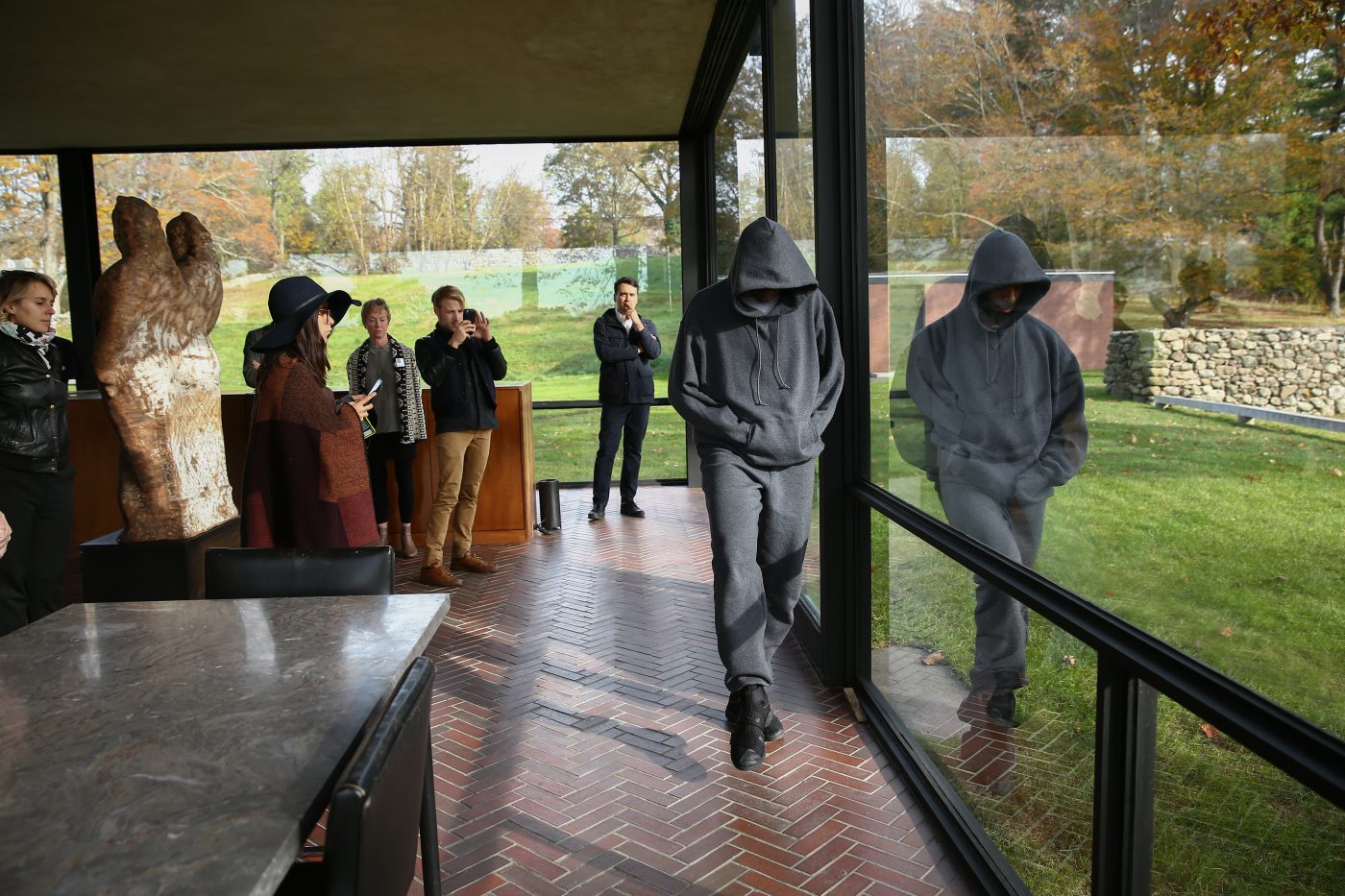
Performance Matters Performa 17’s opening week
Performa 17 firmly anchors its curatorial theme in the legacy of Dada for its 2017 edition, with the radical art movement setting the foundations for performance art and the biennial founded more than a decade ago by curator and art historian RoseLee Goldberg. A biennial solely dedicated to live art practices provides a suitable context for considering the shifting and ever-changing positioning of the body in performance art. Performa has always made a case for the importance of performance art and considers the ways artists’ bodies become active sites and the central medium of their work. In using their bodies, artists position themselves both as subject and object, allowing for a critical process where the individual directly confronts the social, political and cultural, while rummaging around its seamy sides, thus bringing to light the secret and hidden things that might otherwise be overlooked or ignored. The body as a critical site is able to do so, because it is porous and challenges the materiality of inside/outside, while at the same time crossing the boundaries of private/public.
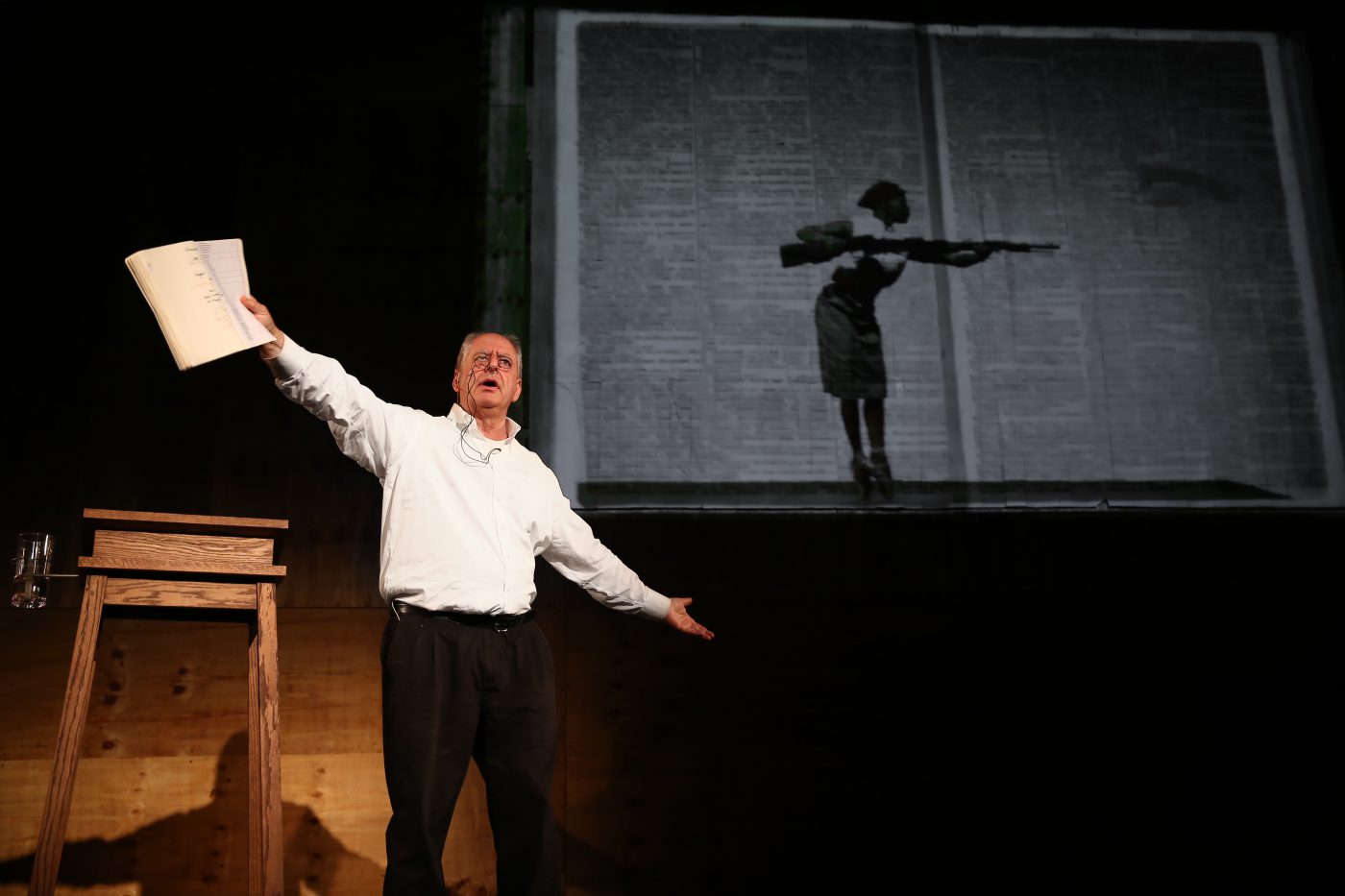
If performance art is considered confrontational and transgressive, and manifested in ‘liveness’ as a form of revealing the unseen, how does it operate in this biennial? Performa has presented performance art for over a decade and still seeks to ‘contribute important art historical heft to the field by showing the development of live art in all its forms from many different cultural perspectives, reaching back to the Renaissance.’ Does Performa still provide the most exciting context for the commissioning and presentation of experimental live art practices, or is performance art something that is best suited to be presented outside of the institutional framework?
Does Performa still provide the most exciting context for the commissioning and presentation of experimental live art practices, or is performance art something that is best suited to be presented outside of the institutional framework?
The opening week programme of Performa 17 provided a suitable space for considering some of these questions. Its eighteen-day programme of live interventions across New York City explored live art’s centrality to artistic practice in African art and culture (South African Pavilion Without Walls and AFROGLOSSIA), the hundred-year legacy of Dada (various projects and commissions) and the intersection of architecture and performance (Circulations). The legacy of Dada manifested itself in a variety of commissions; in Harlem Parish with William Kentridge’s Ursonate, a rendition of a sound poem first presented by the Dadaist Kurt Schwitters in 1932, against the backdrop of his hand-drawn animations. Kendell Geers, on the other hand, presented a spoken-word delivery, WhoDoVooDuchamp?, devoted to Dadaist extraordinaire Marcel Duchamp, but here, portrayed as a spy, Rosicrucian, sexual predator, secret society master general, and thief. Geers gave an apparently serious, conspiracy-minded perspective on the famous artist, leaving his audience perplexed as to what is real, imagined and mythical.
At PARTICIPANT INC, in an hour-long explosive costume changing and identity destroying performance piece, Brooklyn artist Narcissister took this reflection on Dada’s history to a mind-bending dimension with a fantastic performance of multiple selves. She self-confronted and transformed through several outfit changes (live and on film) and reverse stripteases, while at the same time ripping off several masks, never at any moment revealing one true identity. All of this alongside a booming soundtrack of hip hop beats, pop and folk songs. The performance, titled The Body Is a House, truly embodied Dada in all its original glory and took all who were present on her mind-warping and perspective shifting trip, using liveness as a tool in dismantling what Stuart Hall described as ‘fixed and closed stereotypical representations’. The three evenings of Performa 17 preceded Narcissister’s first major gallery-based installation, which will be presented at PARTICIPANT INC during Spring 2018.
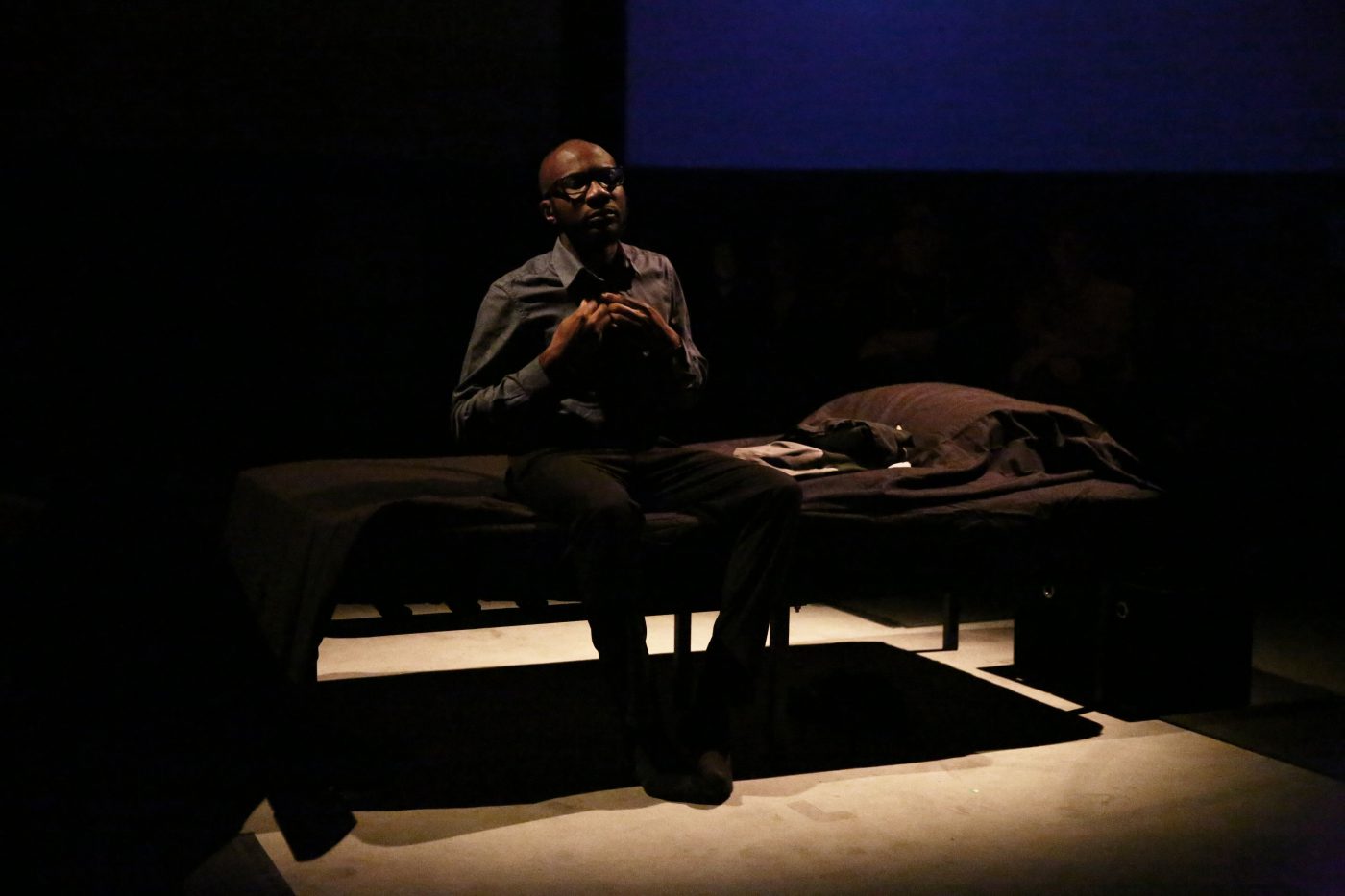
AFROGLOSSIA was coined and organized by Performa curator Adrienne Edwards, highlighting a range of artistic voices and coalescing diverse perspectives from the writer, critic and photographer Teju Cole’s Black Paper. It was a filmic installation and performance drawing on the politics of the 2016 US elections and on the fallen black male bodies as represented by the media. Sadly, Cole’s was the only performance of the programme on view during week one.
Jimmy Robert’s poignant and moving piece Imitation of Lives, which was part of Circulations, animated and problematized the revered modernist Glass House of Philip Johnson in New Canaan. Together with collaborators NIC Kay and Quenton Stuckey, Robert used the house’s transparent and reflective qualities to reflect upon architecture, visibility, and black representation, all confounded by an anxiety of looking, and ways of seeing or rather being allowed to see. The work also highlighted the largely unknown history of Johnson’s relationship with the black Harlem cabaret singer Jimmie Daniels and wider questions of race and the Glass House, which have never been raised before.
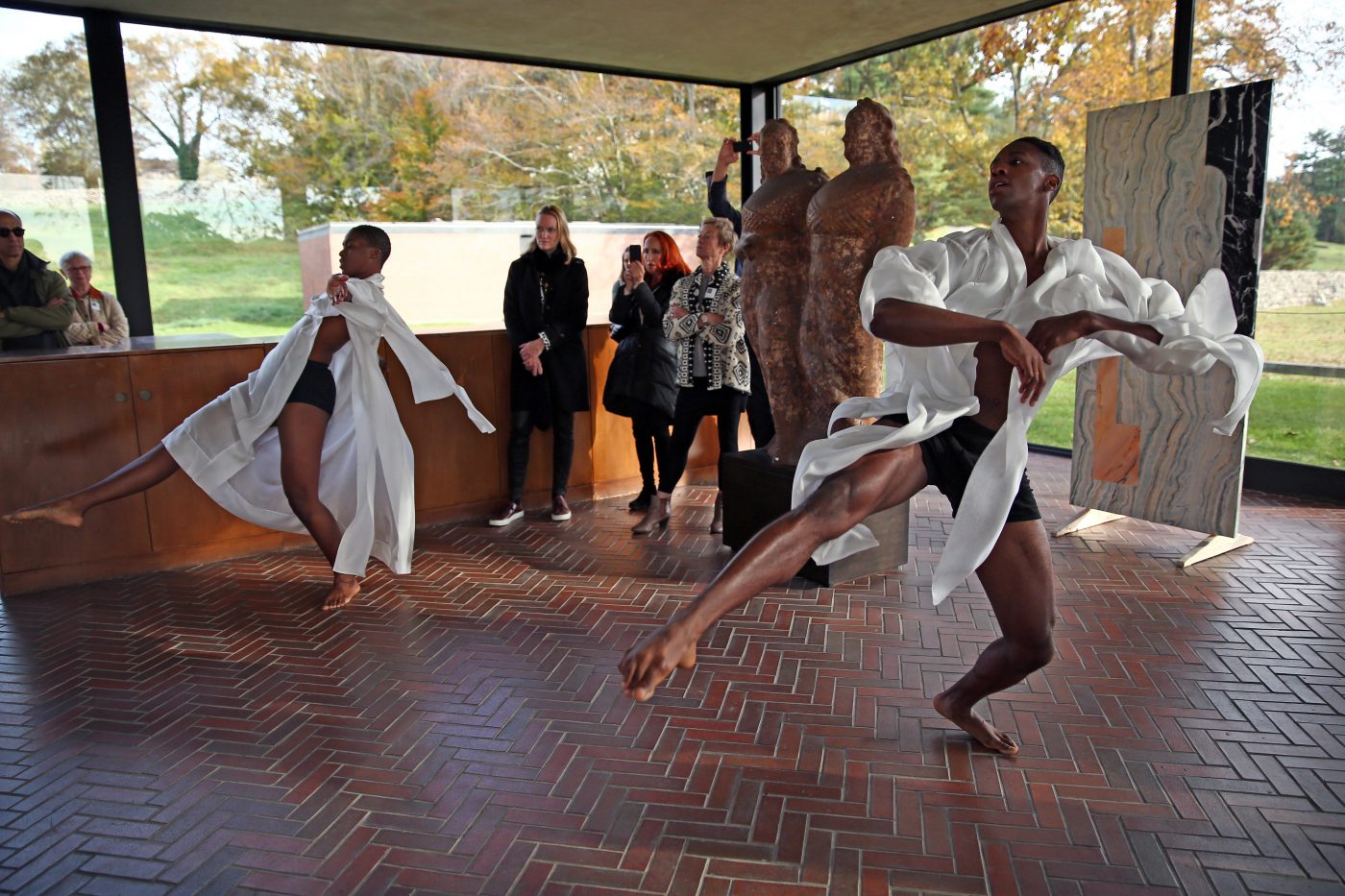
Barbara Kruger’s first performance, Untitled (The Drop), was presented prior. People found themselves outside, waiting in line at the allocated time slot. Firstly, a five-dollar ticket had to be reserved online, directing attendees to a location on Broadway, which was next-door to Performa’s hub. Upon arrival, a rather lovely security guard informed all present that entry was only for an allocated ten-minute slot, and that only two items were allowed for purchase. It became apparent that we were all queuing for a pop-up shop by Kruger, serving as a critique to wider consumerist behaviours – queuing frantically for luxury items or in-demand goods. The performance didn’t feel as thrilling as seeing her signature broadcast messages at Coleman Skatepark, on a billboard at Times Square or on the yellow school buses emblazoned with her words parked at various locations during the biennial. More of Kruger’s texts all across the city’s public platforms would have been more impactful and timely, giving the ongoing censoring of protest movements globally. Apart from contextualising all of the commissioned works, projects and pavilions, and performance art in general, Performa’s Biennial hub hosted a series of talks, workshops and conversations with artists, scholars, critics and academics.
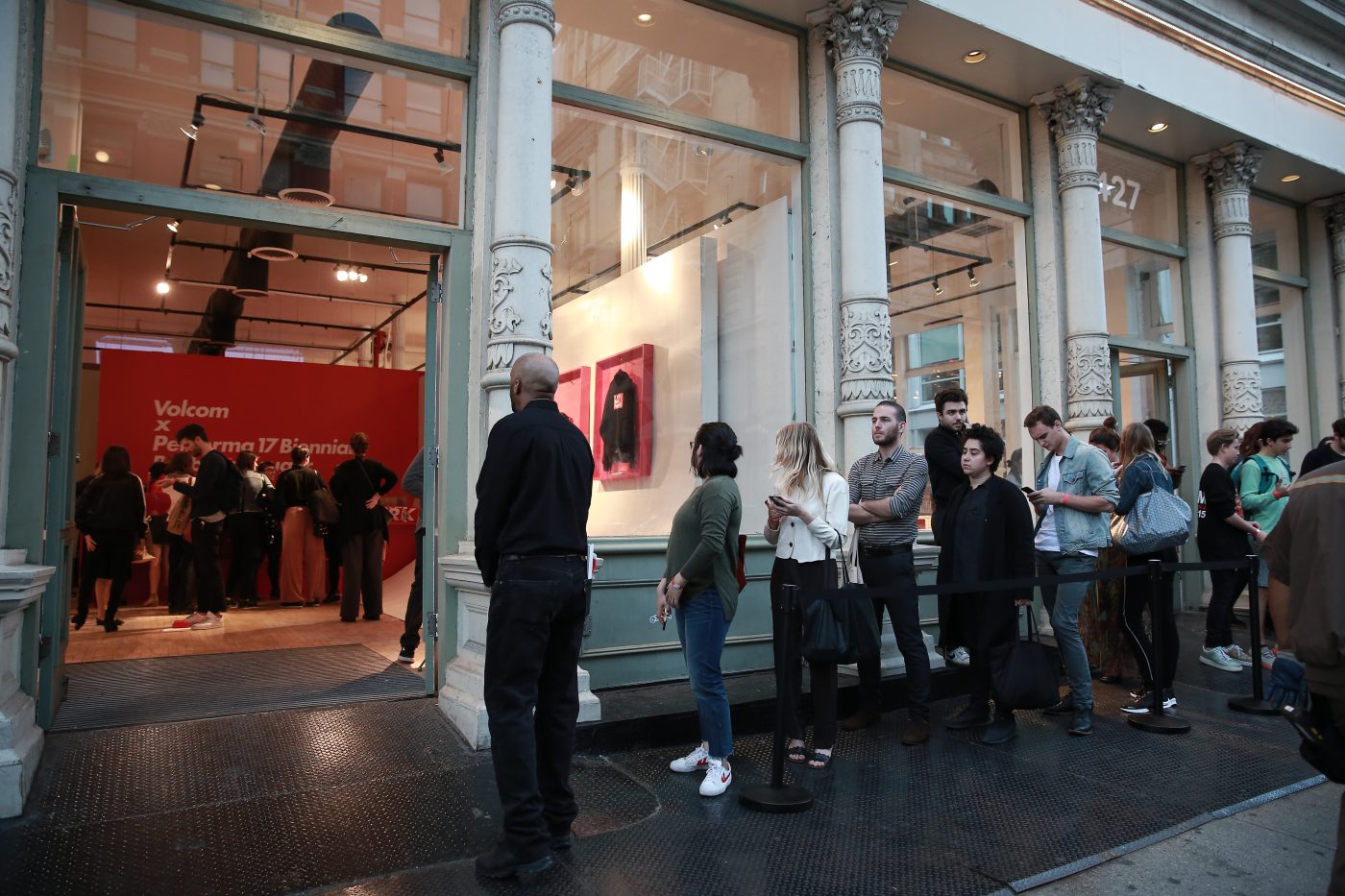
To anchor Performa 17 in Dada, the movement that created the discipline and practice of performance art, might at first glance seem obvious for a live art biennial. While the present conflicting paradoxical time signals a move towards reflecting on art historical movements, particularly one that has signalled a radical move away from what was deemed normative, Performa’s first week felt tame and safe, even though its underlining drive was to push forward an anti-aesthetic, anti-rational, anti-idealistic, anti-establishment spirit. The fervour of Dada ‘to enrage the bourgeoisie and instigate nihilism in art’ did not feel present, or felt rather contained. Perhaps week two presented more charged performances and a more energized affair.
Performa 17 takes place from 01.11.2017 – 19.11.2017 at various locations across New York City.
Jareh Das
is a writer and curator now living in Rotterdam and have written on art, fashion, music and culture


